Inverter Spot Welder Overview
Inverter spot welders are a cornerstone in the welding industry, offering precise and efficient joining of metal sheets. These devices utilize an electrical source to generate heat and pressure, creating robust welds at specific points. The technology behind inverter spot welders is designed to cater to a variety of welding tasks, from small-scale repairs to large industrial projects.
Types and Applications
The versatility of spot welding machines is evident in their range of applications. From automotive manufacturing to intricate electronic assembly, these welders are integral in producing strong joints in metal components. Different types include portable units for on-the-go repairs and stationary machines for consistent production line use. Applications extend to various fields, requiring tailored welding approaches such as projection welding and seam welding.
Technical Specifications
Understanding the technical aspects of an inverter welding machine is crucial for selecting the right equipment. Key specifications include the primary voltage, which typically ranges from 230v for portable models to 400v for stationary setups. This specification is important as it influences the welder's capability to handle different thicknesses of sheet metal. Additionally, the inverter technology within these welders contributes to their efficiency and precision in metal joining tasks.
Features and Materials
The construction of resistance spot welders involves robust materials that withstand high temperatures and electrical outputs. Features often include user-friendly interfaces, adjustable welding parameters, and energy-saving modes. These welders are designed to be compatible with a wide array of welding accessories, enhancing their adaptability to various welding processes.
Advantages of Inverter Technology
The inverter technology in welding equipment brings several advantages, including improved energy efficiency, reduced size and weight of the welding units, and greater control over the welding process. This results in cleaner, more precise welds and the ability to work with a range of metal types and thicknesses. The adaptability of multi-spot welding machines also allows for customization to specific welding tasks, ensuring that the equipment can meet the diverse needs of the industry.
Choosing the Right Equipment
Selecting the appropriate inverter spot welder requires a thorough understanding of the specific welding needs of a project. Factors to consider include the type of metals being joined, the desired strength of the weld, and the production environment. It is essential to review the specifications and features of available equipment to ensure the chosen welder meets the demands of the task at hand.
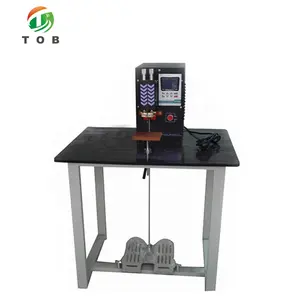
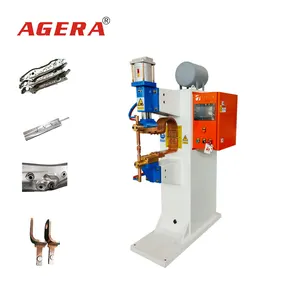

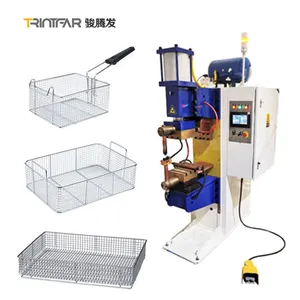






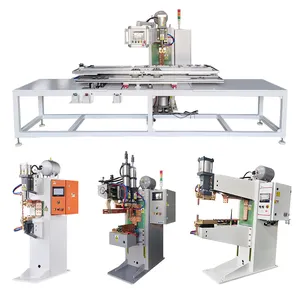



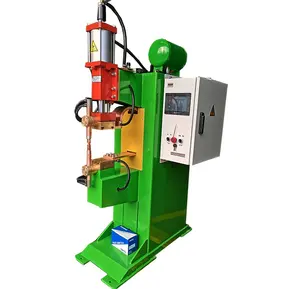









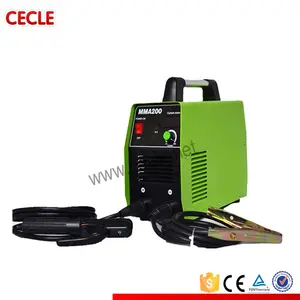



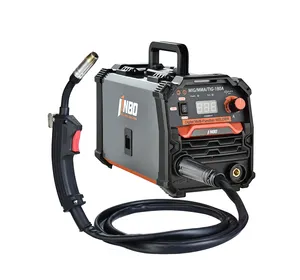


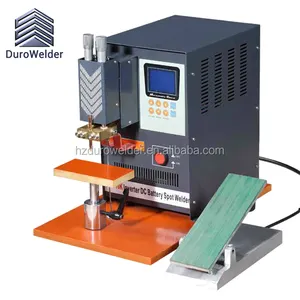





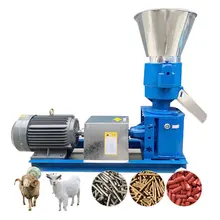

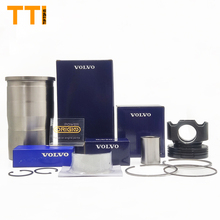
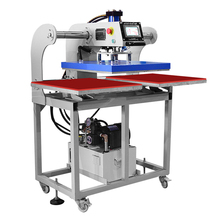
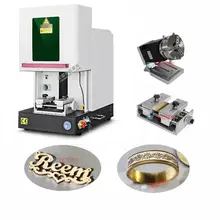

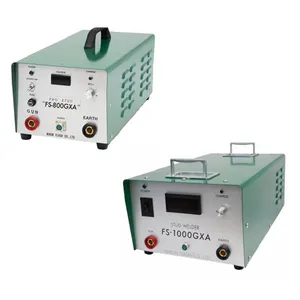


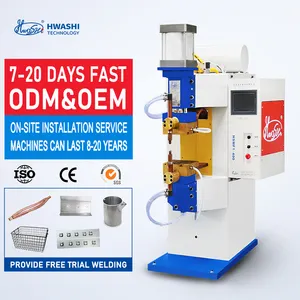


























 浙公网安备 33010002000092号
浙公网安备 33010002000092号 浙B2-20120091-4
浙B2-20120091-4